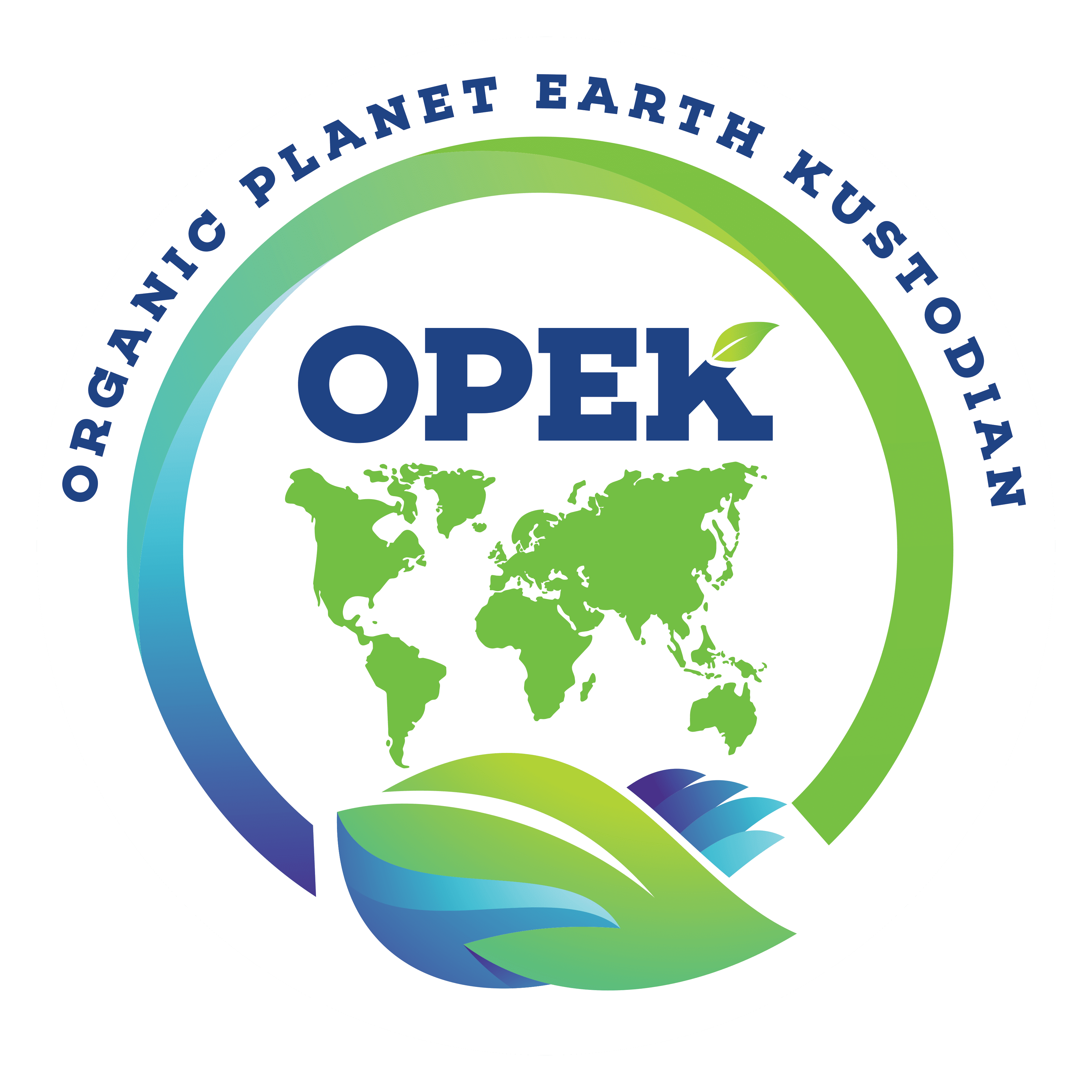Human Waste Is Nutrient – Rich. It Can Be Used To Sustain Agriculture and Improve Economies
In the future, human waste and sanitation technology could be used to make fertilizer and contribute to a circular economy. Human urine-derived nutrients are at the centre of a new study that explores the spatial distribution of these nutrients and their agricultural demand. The study’s findings reveal the potential for resource recovery and environmental protection. Although the nutrients nitrogen, phosphorus, and potassium in our bodies are still constant once we stop growing, they can be less than they used to be if we know how much of them are in our bodies when we consume food.
Studies by Guest and other scientists have identified areas where human waste can be recovered to provide nutrients that are needed by agricultural producers. A new study describes the relationships between human waste-derived nutrients and the locations of sanitation facilities. The study, which used a mathematical formula, is the first to analyse the relationships between these two factors. The team analysed the data collected by over a hundred countries to identify the various supply-demand typologies. They discovered that there are three different supply-demand typologies: co-located supply-demand, displaced supply-demand, and diverse supply-demand proximities.

Australia and the US are two countries that are considered dislocated supply-demand scenarios. Due to their intensive agriculture, these regions do not require as much human waste-derived nutrients as other developing nations. However, Guest said, it would be beneficial to convert these nutrients into concentrated products. Co-located supply-demand typologies, such as Uganda and India, are more conducive to local reuse and improved sanitation. Developing nations like Russia, China, Brazil, and Mexico have a co-location of nutrient supplies and demand. A study revealed that policymakers would need to consider strategies related to the use of human waste
The team was surprised to find the typologies corresponded closely to the United Nations Human Development Index. Countries with higher HDI-scoring regions tend to fall into the co-location supply-demand typology. The goal of this research is to help policymakers make informed decisions about how to invest in sanitation and agricultural development.


 by
by